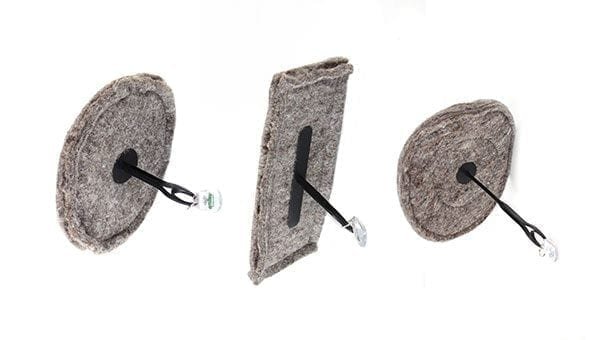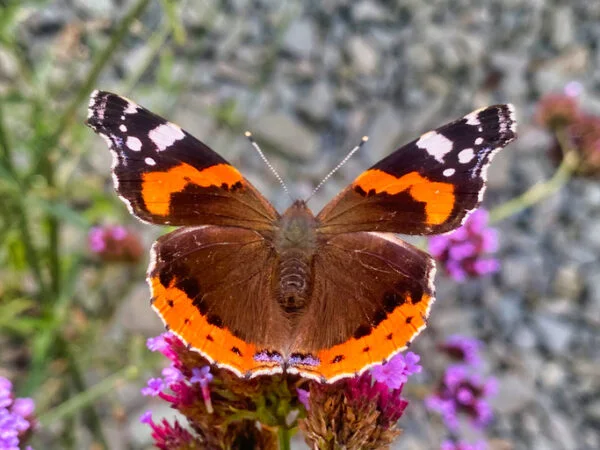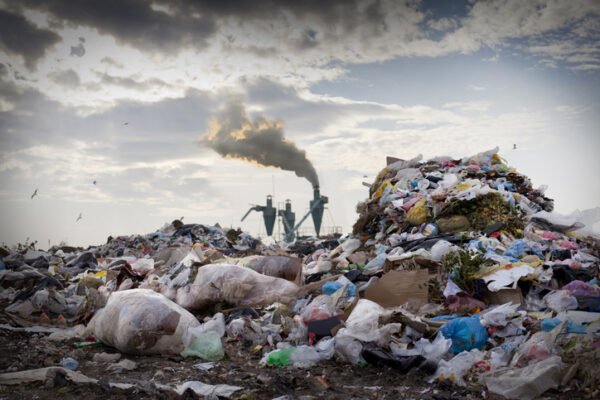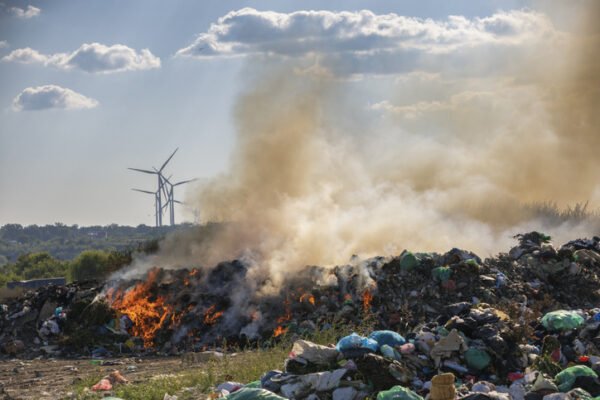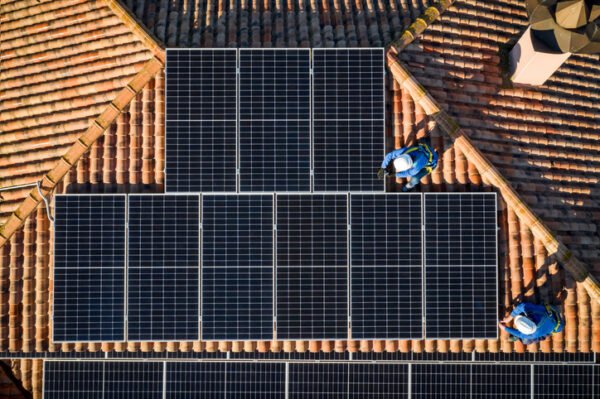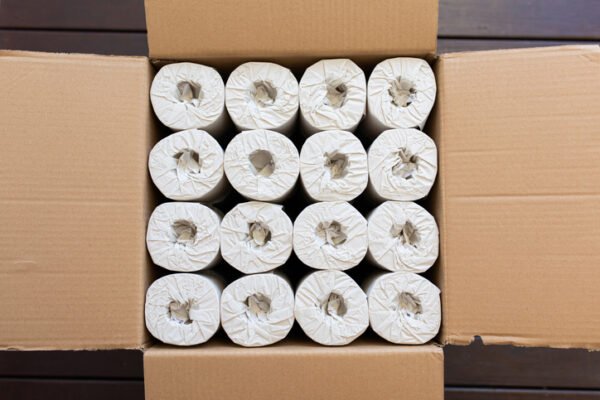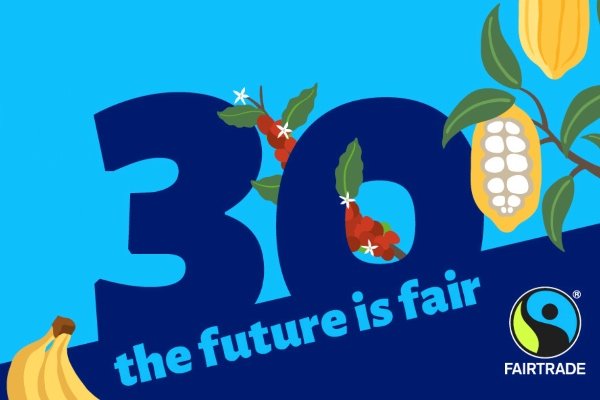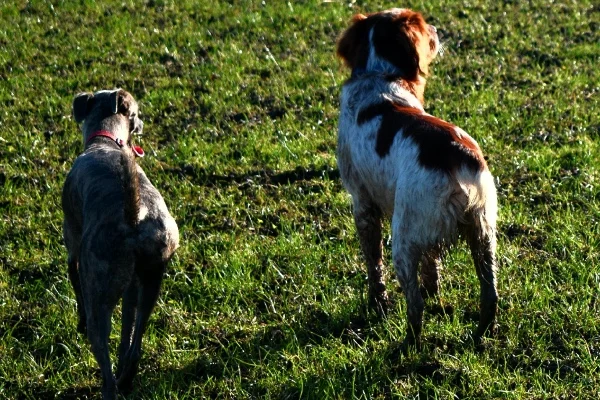‘Chimneys are designed to draw air out of the building and they keep on working all the time – not just when the fire is lit’, Sally explains. ‘Over 40 cubic metres of air is drawn up the chimney per hour, equating to a loss of around 4% of household heat. As well as the warm air being lost, cold air is pulled in from around doors and windows to replace it, causing the cold draughts that we feel. Blocking the chimney with a Chimney Sheep will significantly reduce a lot of other draughts around the house.’
Chimneys vary to such an extent that nine different sizes of Chimney Sheep have been developed; the cheapest is £16 while the most popular sizes cost £21, £28 and £34. ‘We also make much bigger ones for £52.50 and £65’, Sally says. ‘This largest size is 35 by 90cm – more like blocking a door than a window! If you consider that the Chimney Sheep will save 4% off the heating bill, then it should pay for itself in 6-12 months.’
BECOMING MAINSTREAM
With so many benefits for householders and the environment, why has chimney draught exclusion been largely ignored by the energy saving industry? ‘I don’t know!’, Sally confesses. ‘It is such an easy way of saving energy. It’s estimated that there are over 11 million homes in the UK with open chimneys, and if every one of these fitted a Chimney Sheep we’d reduce the nation’s annual carbon output by around 1%.’
Sally believes the silence on chimney insulation may be down to the fact there hasn’t been an approved product on the market. ‘Taking the product mainstream is an expensive, time-consuming and complicated process’, Sally tells us, ‘and we’re still not there yet.’
All insulation and draught exclusion products have values calculated in SAP, the mechanism used to calculate Energy Performance Certificates in properties. Because the Chimney Sheep is a removable device, its energy savings can’t be calculated in SAP – meaning Sally had to commission BSRIA to develop a method for calculating the Chimney Sheep’s energy savings.
‘This sounds simple but it actually became really complicated’, Sally says. ‘The amount of energy it saves depends on how much air is lost up the chimney, and this depends on variables such as the diameter and height of the chimney, how permeable the property is, the type of heating the property uses, where in the country the property is located… We had to develop a formula that accounted for all these factors and that worked in different property types, which took a lot longer than expected.’
The other problem Sally has encountered is that, because the Chimney Sheep’s made of natural materials, additional tests had to be commissioned to demonstrate how effective it is. ‘BBA, the body that approves products for the building trade, needed to be reassured that the product would be consistent from batch to batch. We are happy to demonstrate this as we are proud of the Chimney Sheep and we want it to stand up to robust scrutiny – but it has been another hurdle to overcome.’
The next goals for Sally are to get Chimney Sheep endorsed by the Energy Savings Trust and to make sure it’s adopted by more housing associations. ‘We have worked with a few so far, with positive results, but the Chimney Sheep is a cost-effective means for tenants to save money on their heating bills so we are hoping to develop these relationships further.’
Click here to find out more about the Chimney Sheep and how to get hold of one.
 Play Video about This Rock Might Just Save The World
Play Video about This Rock Might Just Save The World Play Video about Play 2 hours of rock
Play Video about Play 2 hours of rock Play Video about Play 2 hours of brook
Play Video about Play 2 hours of brook Play Video about Play 2 hours of sheep
Play Video about Play 2 hours of sheep


















